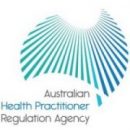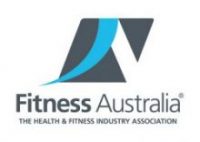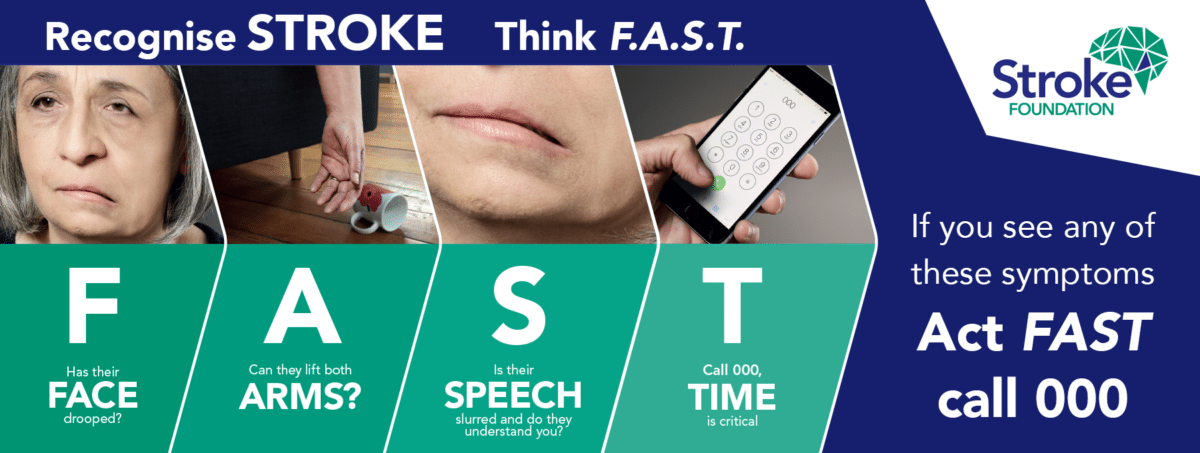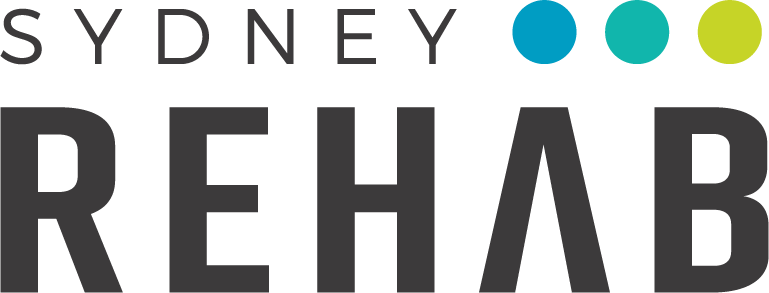Stroke treatment with Sydney Rehab
What to expect?? After a stroke you or your loved ones cognitive ability may have declined. Therefore it is important that we involve family, friends or whoever will be helping on your road to recovery. The good thing is that stroke symptoms can have great outcomes depending a lot on the therapy received. We will assess all deficiencies and put a plan in place for all of them. Our team of Physiotherapists, Exercise Physiologists and Occupational Therapists are trained to be able to prescribe the correct style, dosage and intensity of exercise to complement your medical treatment plan and to assist you through it from start to finish. You can expect to feel nurtured throughout the process.
Evidence based:
When you are dealing with medical issues that have complex effects on the body, an experienced practitioner will administer the latest evidence based therapy. At Sydney Rehab our therapists are bound by multiple professional bodies regulatory requirements. Our professional bodies including, ESSA, APA, FIA and AHPRA ensure that our standards are maintained yearly. Our therapists have many years of experience in the health industry, and when you want results, experience is what you need.





Injury Prevention:
Stroke patients tend to be of an age that they have previous injuries. It is important for us to understand this and sometime the patient will have a poorer ability to explain their prior injuries. this is why a highly trained Neurological therapist with strong musculoskeletal knowledge is important. The last thing you need is an extra issue on top of what you are going through. We do this through a physiotherapy evidence based approach for injury prevention. Our therapists have the highest qualifications in the industry. We have an extensive background in musculoskeletal physiotherapy with our director having over 16 years of experience with musculoskeletal therapy.
Experience an EFFECTIVE treatment, the only difference is that it is safer because of our professional understanding of injury and the mechanisms that cause injury.
The latest equipment and technology:
We have state of the art equipment that will help you get on track. For mobile services we are able to use equipment you may have and we also bring our own. Our equipment allows us to carefully measure your body’s strength and endurance and then re-assess to see the progress you have made. Our aim is to teach you how to eventually take care of yourself and grow your knowledge and our equipment allows us to do this with feedback for you and your therapist.
What is Stroke?
A stroke is characterised by an interruption of blood flow to an area within the brain. This can occur by either a blockage (ischemic stroke) or a bleed (hemorrhagic stroke). This interruption of blood flow or bleed into the brain, can lead to brain cell death, as the brain is deprived of oxygen and nutrients. Depending on the location and the extent of the bleed or blockage, stroke survivors will display different motor and non motor symptoms and have differing rates of recovery.

Ischemic Stroke
This sort of stroke caused by a blood clot is the most common form of stroke, with about 4 out of every 5 strokes being ischemic. In everyday life, blood clotting is beneficial. The clotting of blood is a normal and necessary process in the body, however when a clot is formed in our arteries, this poses a risk if it is dislodged. In this case if one is dislodged it can travel to the brain, causing a reduction or disruption of blood flow to the brain. Even if only for a short period of time, this can disrupt vital oxygen and nutrients from reaching the brain, causing permanent cell death.
Haemorrhagic Stroke
Strokes caused by a break in the wall of a blood vessel in the brain are called haemorrhagic strokes. This type of stroke which is not as common as ischemic can be just as deadly or debilitating.
An aneurysm is a weak or thin spot on a blood vessel wall. They are usual genetic and present at birth. The problem with this is that they are far harder to detect and prevent. There are 2 types of Hemorrhagic stroke.
- Intracerebral hemorrhage is the most common type of hemorrhagic stroke. It occurs when an artery in the brain bursts, flooding the surrounding tissue with blood.
- Subarachnoid hemorrhage is a less common type of hemorrhagic stroke. It refers to bleeding in the area between the brain and the thin tissues that cover it.
Transient Ischaemic Attack (TIA), or Mini Stroke
A transient ischaemic attack (TIA) also referred to as a mini stroke or even a minor stroke, is usually a warning sign of a major stroke to come. When the signs of stroke are present but go away within 24 hours, the term TIA is used. The causes and symptoms of a transient ischaemic attack (TIA) are similar to those of a stroke.
TIA episodes usually last only a few minutes but may last for several hours. They generally disappear quickly and due to this can be ignored quite easily. If someone has experienced any stroke like symptoms then they should be treaated as seriously as a major stroke in order to prevent one. Just like a stroke, a TIA requires emergency treatment. About 1 in 5 people who have a TIA will have a major stroke within the next three months and a large part of the risk occurs in the first few days. TIA should never be ignored.
TIA’s should be regarded as a warning sign that the person is at risk of a stroke and should be investigated promptly.
By investigating further you will have more success at preventing a major stroke from happening. At least a visit to your GP is indicated so that you can work towards finding the cause. The Australian Stroke Foundation recommend the F.A.S.T principle which stands for Face, Arms, Speech, Time.
Why receive treatment from someone who lacks the qualifications to deal with your condition?
Stroke patients have vast needs and of course require a clear understanding of the steps to be able to optimise recovery. We have had years of experience with Stroke patients. Therefore we know how to provide an effective program to suit your specific needs. Our referrers know the difference between us and the rest which is why we have developed a reputation in all our healthcare companies.
Try us, we believe our standards are second to none.
NDIS:
You may be eligible to claim under the National Disability Insurance Scheme. This is a relatively new scheme that provides a government assisted allowance for servies such as Physiotherapy, Exercise Physiology, Personal Training, Occupational Therapy and Dietetics. Please check with the NDIS to see if you are eligible.
Health Fund Rebates:
Where applicable you can use your private health for our services. Whats even better is that your therapist may even be dual qualified meaning you may be eligible to claim on two services (Physiotherapy AND Exercise Physiology). An already affordable service becomes even more affordable. Some funds even cover the whole cost!*
HEALTH FUND REBATES (*where applicable)
